Surface application techniques for adhesives & sealants
By Edit Team | March 21, 2022 6:20 pm SHARE

For several thousand years, various kinds of adhesives and sealants have been in use. Early hunters may have seen improvement in their aim by bonding feathers to arrows with beeswax, a primitive form of adhesive. The Tower of Babel was probably built with the aid of mortar and tar or pitch as a sealant. Carvings in Thebes (circa 1300 BC) show a glue pot and brush used to bond veneer to a plank of sycamore. Until relatively recently, most adhesives and sealants evolved from vegetable, animal, or mineral substances. In the early 1900s, synthetic polymeric adhesives began displacing many of these naturally occurring products owing to their stronger adhesion, greater formulation possibilities, and superior resistance to operating environments.
Presently, there are various types of sealants available on the market, like Polysulphide sealants, Polyurethane sealants, silicon sealants, coal tar and bituminous sealants, and many more. STP Ltd, which is a subsidiary of Berger Group, is a company known for developing innovative products. It is among the largest manufacturers of sealants in India.
Movement Accommodation Factor (MAF)
Most of the sealant manufacturers assign a movement accommodation factor (MAF) to each of their products to provide a value for the calculation of joint dimensions. But so far, there is no universal definition for this factor.
The movement accommodation factor means the total movement range between the maximum compression and the maximum extension that a sealant can accommodate. It is expressed as a percent of the minimum design joint width.
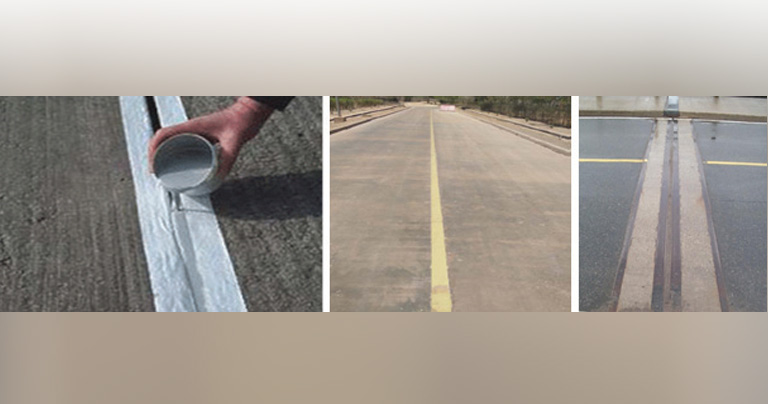 Application-sealing of the joints
Application-sealing of the joints
-
- • Examination of the Joints The contractor should examine the joint size and condition of all joints and should report any technical or practical difficulties that are not acceptable to the main contractors. The joints should not be wet.
-
- • Cleaning of Joints and Faces The joint faces should be cleaned with a wire brush and dust removed thoroughly. If there is oil, then it has to be cleaned with xylene or toluene.
-
- • Installation of Back-Up Material and Bond Breaker The back-up material and bond breaker shall be placed in the joints to allow the placement of the sealant to the desired depth, the surface of which should be recessed by no less than 3mm below the pavement surface.
-
- • Priming Apply primer in two coats as recommended by the manufacturer. Avoid brushing against the bond breaker tape. Allow the primer to dry as per the specification.
-
- • Apply the masking tape on the edges of both the joint faces. Tape must be removed immediately following tooling.
-
- • Sealant Pouring Fill the sealant into the ready joint with a brush or a machine, spatula for filling in the joints. Fill some extra material and then do the tooling with a knife blade, pulling down the level of sealant surface. After tooling, remove the masking tape. The material will self level.
-
- • Sealant Curing Allow the sealant to cure as per the manufacturers’ recommended specification before starting any other operation.
-
- • Cleaning of tools Clean the tools and equipment immediately after the application of solvents such as xylene or toluene.
Major sealants available in the Indian market are:
ShaliSeal® PS PG is a UV-resistant, flexible, tear-resistant, rubbery, self-levelling, pourable, non-staining sealant that adheres to most building materials, including cementitious substrates, aluminium, glass, wood, mild steel, and so on. ShaliSeal® PS PG cures at ambient temperature and has excellent recovery characteristics after an extended period of compression and elongation with outstanding resistance to most chemicals, weather conditions, ageing and shrinkage. Other sealants like ShaliSeal® PS PG 30 have a Movement Accommodation Factor (MAF) of 30 percent for butt joints.
Two-component polyurethane sealant like ShaliSeal® PU 2K PG is a modified PU, which cures to form a durable, flexible, watertight bond with most building materials and is capable of accommodating dynamic joint movement.
Sealant application technique:
Ensure that all joints are completely dry and free from all traces of dirt, dust, and grease. Wire brushing, either by hand or machine, thoroughly cleans the surface.
In all joints to be sealed, make sure the bonding surface is dry and clean. Preferably, all joints should be parallel and straight for better sealing. Repair the spalled joint with ShaliFix EM.
Ensure that the depth does not exceed the width; use backup material to prevent third face adhesion and contact between the forming board and sealant.
Use the Primer on the vertical side faces of the joint by ShaliPrime S to ensure a strong bond between the substrate and the sealant by using a clean, dried brush.
Putting ShaliSeal® PU 2K PG (modified two-component polyurethane sealant) in the Joint
Government focus on infrastructure like power, ports, roads, freight corridors, industrial hubs, etc., is the driver for the sealant and adhesive business, as well as the construction chemical industry. Due to COVID, it will still take some time for the market to pick up. The way India does business is changing. The interactions are becoming virtual. Apart from this, a strong network of authorised applicators trained by the company is available. To execute the jobs and provide after-sales service, supported by the company’s team of engineers and technical operators, would be the emerging trends.
The Author is a Civil Engineering Graduate & Post Graduate From Aligarh Muslim University and specializes in the field of Hydraulic structures. He has worked with reputed construction groups in India and for the past about two decades, he is associated with Construction Chemicals. He has participated in number of conferences and organised presentations regarding development in repair and rehabilitation of structures and waterproof Technologies
Neelraj N. Varsani Owner, Neel Steel
Cookie Consent
We use cookies to personalize your experience. By continuing to visit this website you agree to our Terms & Conditions, Privacy Policy and Cookie Policy.




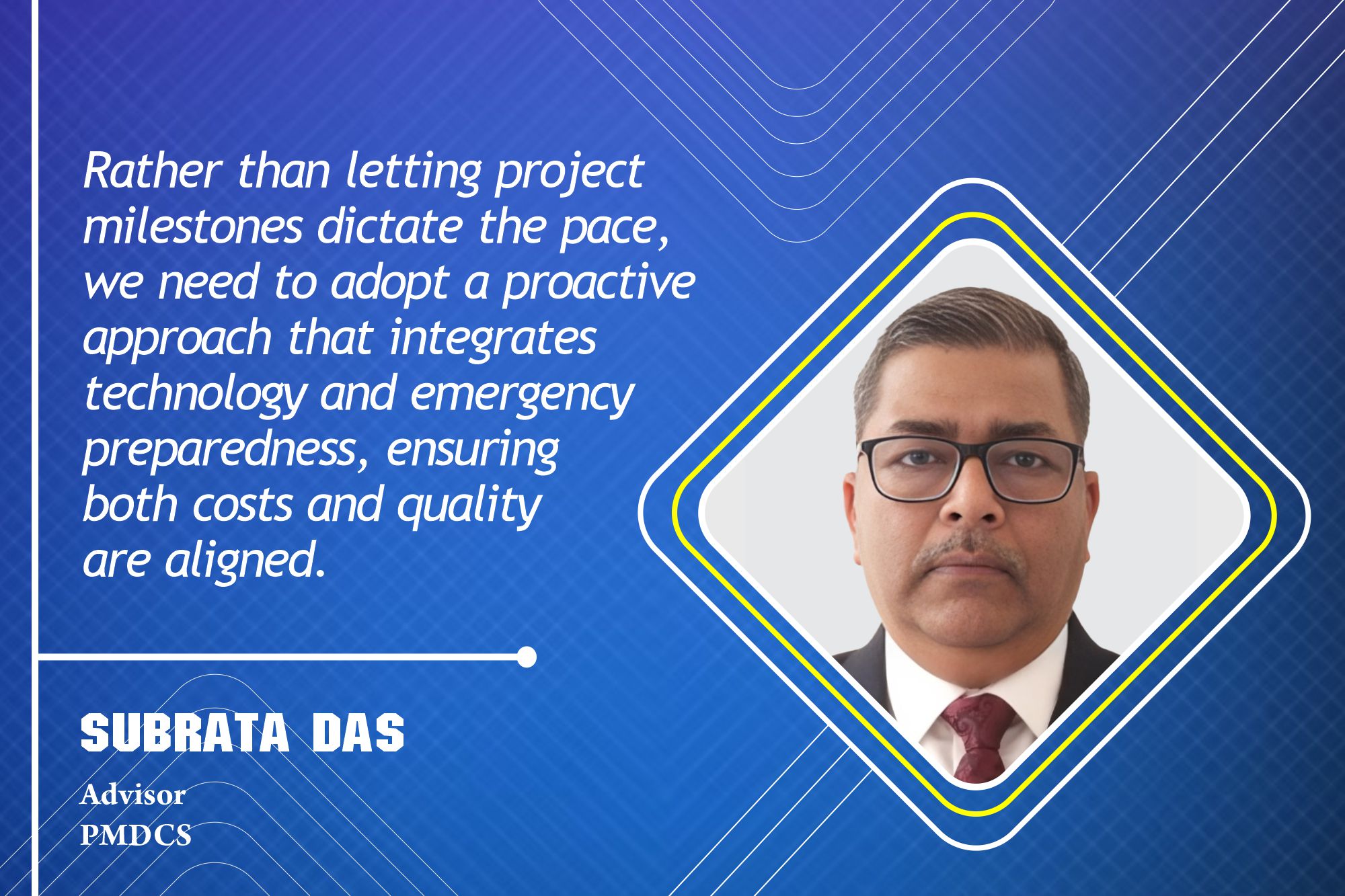
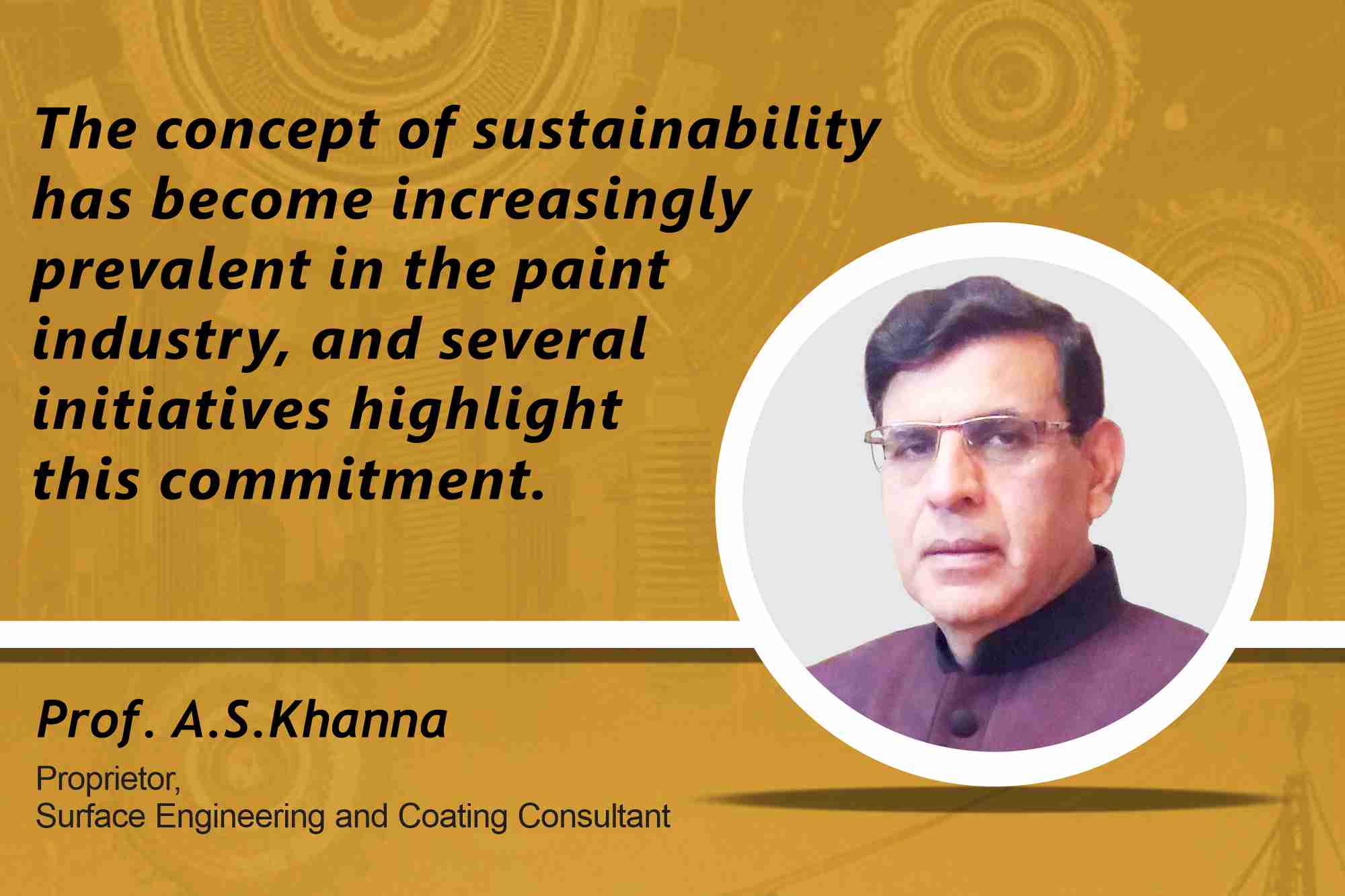

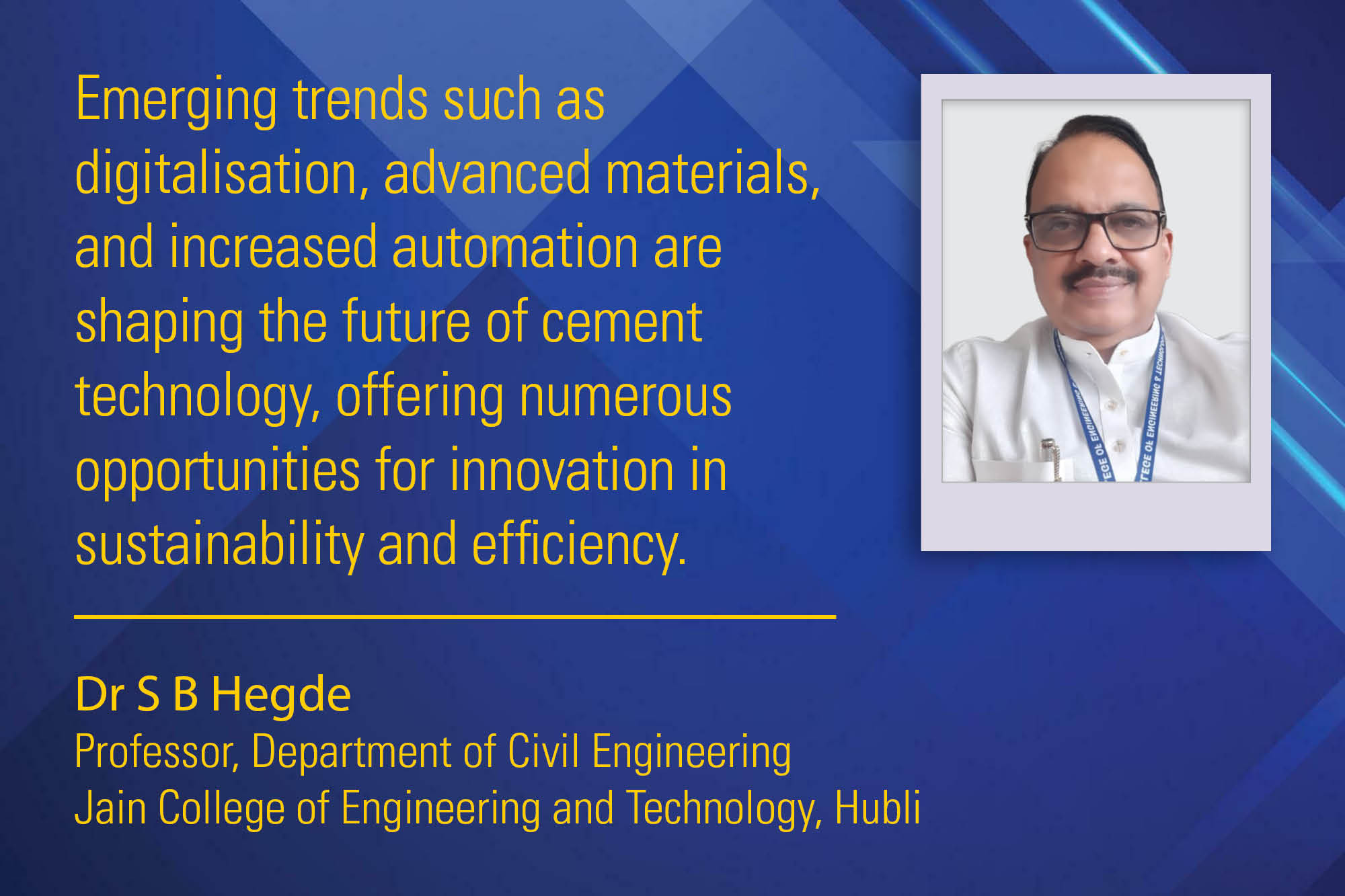
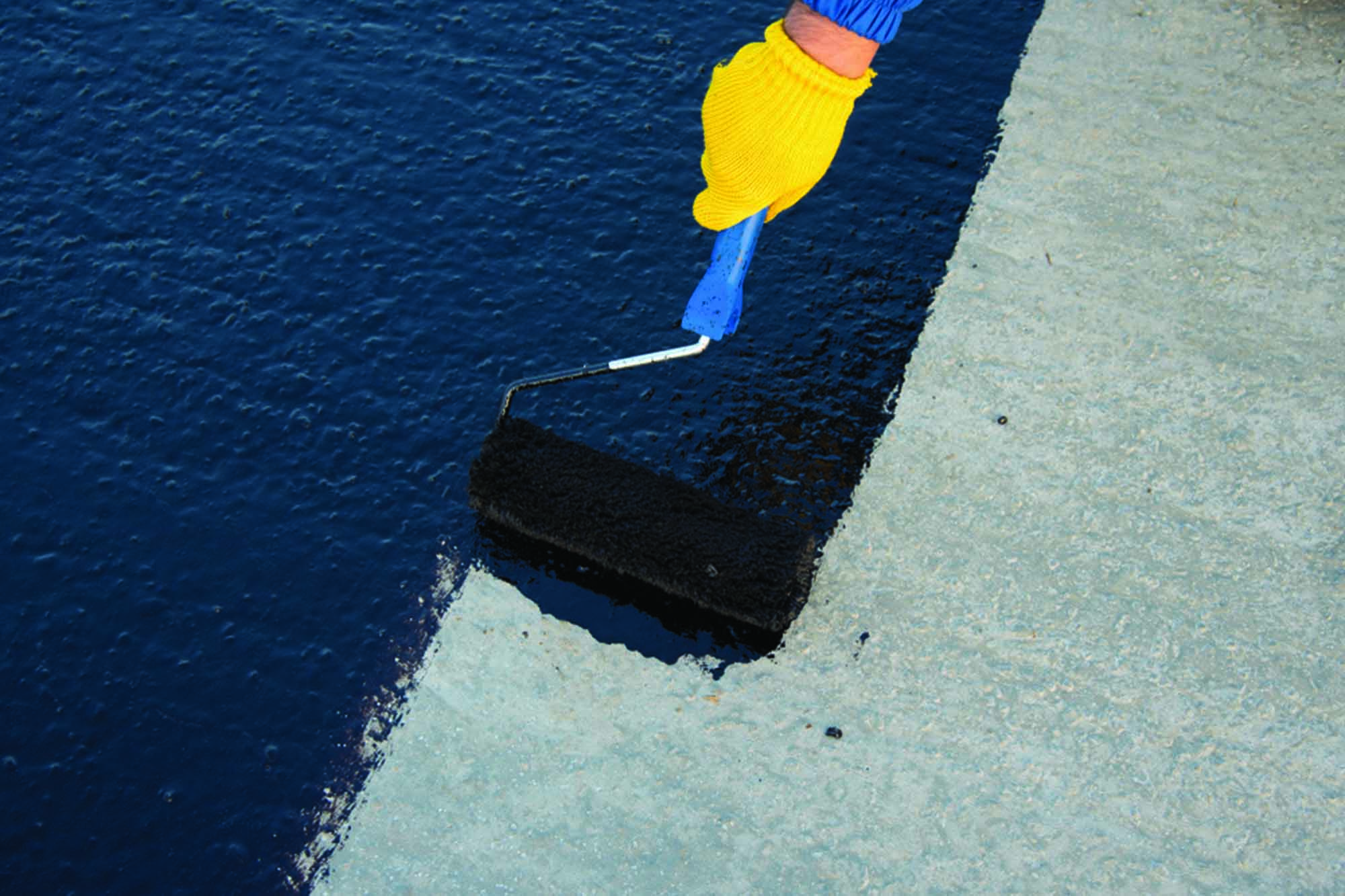




























-20240213125207.png)

























